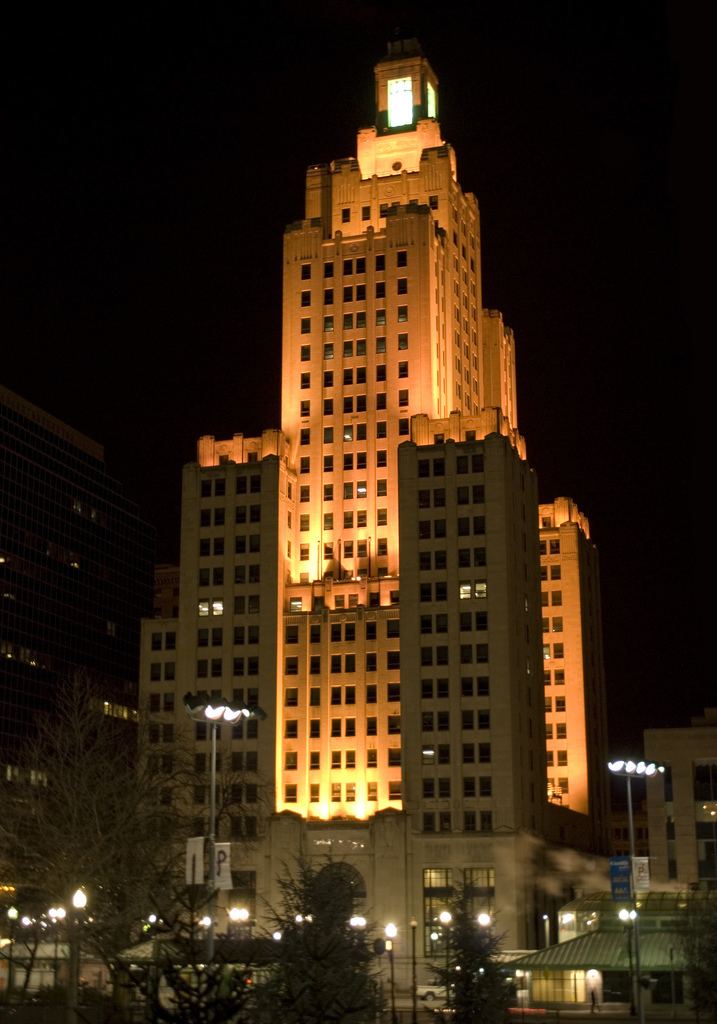Industry Architecture | ||
 | ||
Headquarters New York City, United States Number of locations built commercial and residential buildings in New York, Florida, Massachusetts and more Founders A. Stewart Walker, Leon N. Gillette | ||
Walker & Gillette was an architectural firm based in New York City, the partnership of A. Stewart Walker (1876–1952) and Leon N. Gillette (1878–1945), active from 1906 through 1945.
Contents
Biographies
Walker was a native of Jersey City, New Jersey, and graduated from Harvard University in 1898. Leon Gillette, born in Malden, Massachusetts, had attended the University of Pennsylvania and worked in several New York firms, such as Howells & Stokes and Warren & Wetmore, and had also attended the École des Beaux-Arts from 1901 through 1903. The two joined forces in 1906.
Walker's wife, Sybil Kane Walker, was a decorator who worked with her husband on at least one commission. Her father was Grenville Kane, banker and longtime presence in the exclusive enclave of Tuxedo Park, New York, where Walker & Gillette received important early commissions.
On the death of Gillette in 1945, Walker continued in business as 'Walker & Poor' with Alfred Easton Poor (the son of one of their Long Island clients). Their notable commissions include the 1950 Parke-Bernet Galleries Building in New York City. After Walker's 1952 death, that firm would eventually become known as 'Swanke Hayden Connell'.
Company history
The firm was prolific and stylistically versatile. Their commissions are not clearly attributable to one partner or the other, apart from one source identifying Gillette as solely responsible for the Grasslands Hospital in East View (Valhalla), New York, several buildings in White Plains, New York, multiple buildings in the planned city of Venice, Florida, and a housing project in Lake Charles, Louisiana.
Until about 1920, most of Walker & Gillette's work amounted to two kinds of society residences: New York City townhouses, and suburban mansions. The latter as of 1915 were a step below the great Gilded Age Newport mansions of 30 years prior, but still elaborate enough to sometimes require 20 or 30 rooms, multiple outbuildings, and customized features. Their clients were bank presidents, industrialists, socialites, and railroad heirs.
Connected to the community of Tuxedo Park, New York through Walker's father-in-law, the firm designed numerous residences, including the 1908 Mary E. Scofield house, "Sho-Chiku-Bai", with landscape design by Takeo Shiota, as well as several additions to existing houses. Their 16 houses on Long Island were designed for clients like Irving Brokaw, Ralph Pulitzer, Charles Lane Poor, and William R. Coe. As to the townhouses in the city, the firm is credited with some fine examples and "the last great mansion to be built in New York", the 1932 Regency-style Loew house on East 93rd.
Walker & Gillette ventured into commercial architecture in 1921 with great success. Their New York Trust Company Bank at 100 Broadway, a conservative and modest skyscraper apart from its adventuresome marble color scheme inside, began a series of about a dozen neo-classical branch banks in the New York area through the late 1920s. Their 1927 National City Bank branch on Canal Street is likely the most significant. Then came a number of major skyscrapers, notably the Industrial Trust Tower in Providence, which remains the tallest building in Rhode Island, and the Fuller Building in New York, among others.
One prominent civic commission was the seamless extension, to north and south, of the New-York Historical Society building on Central Park West between 76th and 77th Streets, carried out in 1938. York and Sawyer's central block dating from 1908 was extended and sympathetically completed by pavilions on either end. This project stands among the last examples of Beaux-Arts architecture completed in the city and in the entire country. In sharp contrast the firm's most theatrical modernist building came the same year. That was the Electrical Products Building for the 1939 New York World's Fair, where an arch-headed blue slab tower intersected with a stepped curved structure, housing demonstrations of radical new uses of electricity: shaving, mixing cake batter, and home sewing.
